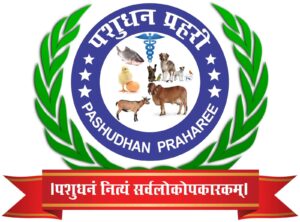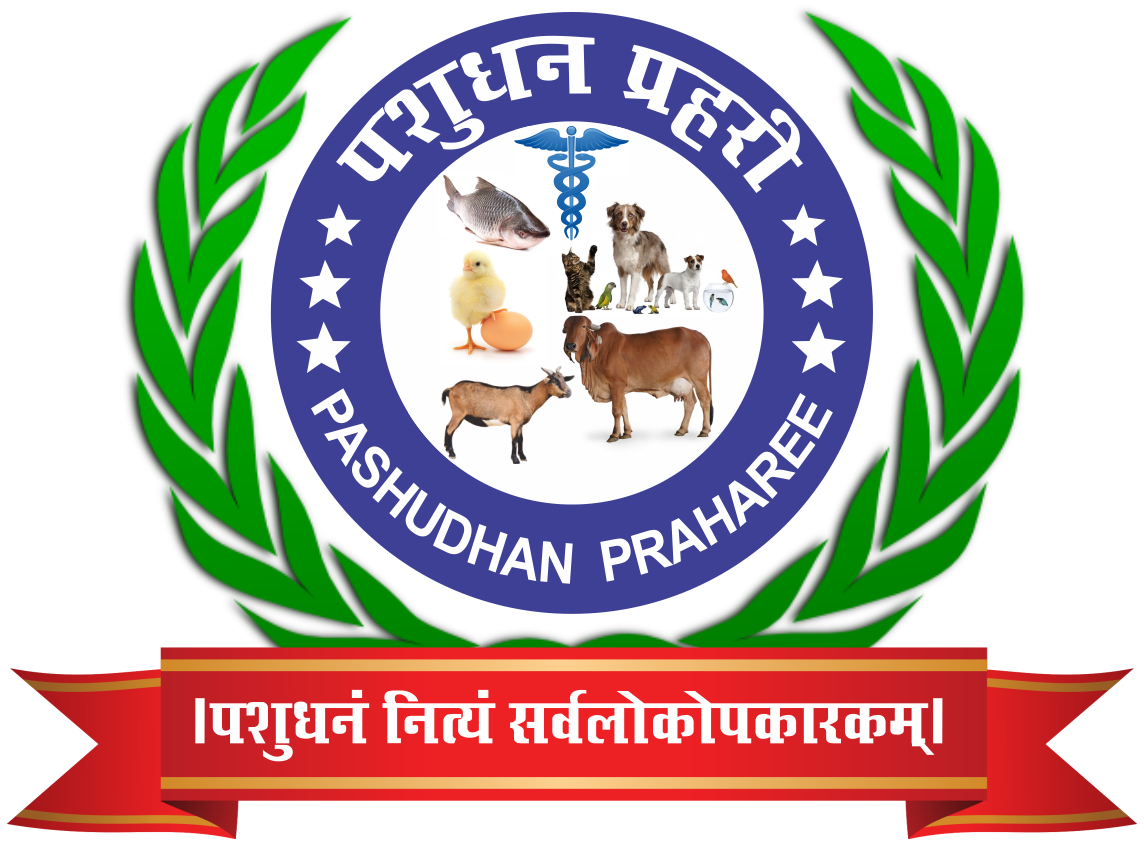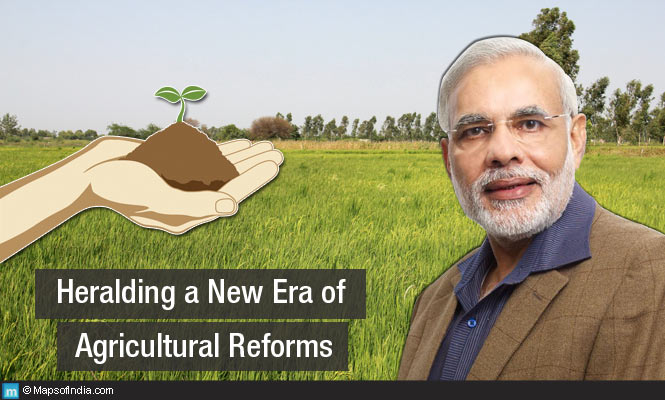The Journey of Bihar: From Food Deficiency to Food Self-Sufficiency in Agriculture and Allied Sectors
Once known for its struggles with poverty, underdeveloped infrastructure, and frequent natural disasters, Bihar has transformed remarkably over the last decade. Historically categorized as a food-deficient state, Bihar has now emerged as a model of food self-sufficiency, especially in agriculture and allied sectors like livestock, fisheries, and horticulture. This transition reflects the success of targeted government policies, improved irrigation systems, technological advancements, and the resilience of its farmers.The remarkable transformation of Bihar from a food-deficient state to achieving self-sufficiency in agriculture and allied sectors over the past decade is a testament to the proactive and strategic initiatives undertaken by the Bihar government. This success story is attributed to a series of well-implemented policies and programs that have revitalized the state’s agricultural landscape.
Key Government Initiatives Driving Agricultural Transformation in Bihar:
- Agricultural Roadmap Implementation:
- In 2008, the Bihar government launched an agricultural policy roadmap aimed at boosting growth in agriculture and its allied sectors, such as horticulture, animal husbandry, and dairy development.
- Seed Replacement Rate Enhancement:
- Recognizing the importance of quality seeds in increasing crop yields, the government initiated programs to elevate the Seed Replacement Rate (SRR). This effort led to a significant rise in SRR for principal crops, enhancing overall agricultural productivity.
- Market Infrastructure Development:
- The establishment of the Bihar Agricultural Value Chain Strengthening (BAVAS) division within the Department of Agriculture has been pivotal in organizing and developing agricultural markets across the state.
- Promotion of Organic Farming:
- The government has launched programs to promote organic farming across all districts, assisting farmers in producing natural fertilizers, insecticides, and pesticides.
- Irrigation Facilities Expansion:
- Aiming to provide irrigation to every agricultural plot, the government has invested in infrastructure to enhance water availability, thereby improving crop yields and farmers’ incomes.
- Public-Private Partnerships in Agricultural Extension:
- The public sector agricultural extension system has been instrumental in creating an enabling environment for public-private partnerships, fostering rapid agricultural growth in the state.
These concerted efforts by the Bihar government have not only propelled the state towards food self-sufficiency but have also set a benchmark for agricultural development in the region.
Bihar has made significant strides in agriculture and allied sectors, achieving notable rankings in various categories across India:
- Livestock Production:
- Goat Population: Bihar ranks third in India for its goat population, highlighting its prominence in goat farming.
- Cattle Population: With approximately 15.3 million cattle, Bihar stands fourth among Indian states in cattle numbers.
- Milk Production: Contributing about 5.3% to the national milk output, Bihar is a significant milk-producing state, ranking tenth in the country.
- Egg Production: The state has achieved a remarkable growth rate of 44.72% in egg production over three fiscal years, earning the ‘Best State Award 2020’ for excellence in this sector.
- Fisheries:
- Fish Production: Bihar has elevated its position to fourth among inland fish-producing states in India, with production increasing from 4.79 lakh metric tonnes in 2014-15 to 8.73 lakh metric tonnes in 2023-24, marking a growth of 81.98%.
- Horticulture:
- Vegetable Production: The state ranks third in vegetable production, contributing 9.8% to India’s total output.
- Fruit Production: Bihar holds the sixth position in fruit production, accounting for 6.7% of the nation’s produce.
These achievements underscore Bihar’s commitment to advancing its agriculture and allied sectors, resulting in enhanced food security and economic growth within the state.
Challenges Faced by Bihar as a Food-Deficient State
- Floods and Droughts: Regular natural disasters, particularly in the northern regions, led to crop loss and disrupted food security.
- Low Agricultural Productivity: Outdated farming practices, limited access to fertilizers, and poor irrigation affected yields.
- Land Fragmentation: Small landholdings reduced economies of scale for farmers.
- Migration: Seasonal migration of laborers weakened the state’s agricultural workforce.
- Lack of Market Access: Farmers faced difficulties selling their produce due to inadequate market infrastructure.
Key Drivers of Bihar’s Transformation
1. Agricultural Reforms and Policy Interventions
- Bihar Agricultural Roadmap (2012–2017, 2017–2022): A comprehensive policy focusing on increasing agricultural productivity, improving irrigation, and supporting agro-based industries.
- Mukhya Mantri Krishi Input Subsidy Scheme: Provided financial aid to farmers affected by floods and droughts.
- Kisan Credit Cards (KCC): Enabled farmers to access low-interest loans for purchasing seeds, fertilizers, and modern equipment.
2. Technological Advancements in Farming
- System of Rice Intensification (SRI): Increased paddy productivity by using less water and better planting techniques.
- Direct Seeded Rice (DSR): Reduced labor costs and improved crop yields.
- Mechanization: Distribution of modern equipment like power tillers, seed drills, and threshers improved efficiency and reduced post-harvest losses.
3. Diversification into Allied Sectors
- Animal Husbandry: Promotion of dairy and poultry farming led Bihar to become India’s third-largest milk producer by 2020.
- Fisheries: The state launched fishery cooperatives and modern hatcheries, making Bihar a leading inland fish producer in India.
- Horticulture: Significant expansion of fruit cultivation, especially for litchis, bananas, and mangoes, positioned Bihar as a key horticultural hub.
4. Improved Irrigation Infrastructure
- Development of canals, tubewells, and micro-irrigation systems like drip and sprinkler irrigation.
- Expansion of flood protection embankments to minimize crop losses due to floods.
5. Access to Markets and Value Chains
- Development of Farmer Producer Organizations (FPOs) for better market linkages.
- Establishment of rural haats (markets) and cold storage facilities to reduce post-harvest losses.
- Implementation of e-NAM (National Agriculture Market) for digital access to broader markets.
Achievements in the Last Decade
- Food Grain Production
-
- Bihar has witnessed a significant increase in food grain production, especially in paddy and wheat, contributing to its food self-sufficiency.
- The state has consistently contributed to India’s food buffer stock through the Public Distribution System (PDS).
- Dairy Development
-
- Bihar has recorded a 10% annual growth rate in milk production over the last decade.
- Initiatives by Sudha Dairy (COMFED) have created better income opportunities for rural households.
- Fishery Sector Growth
-
- Introduction of modern aquaculture techniques like biofloc fish farming and expansion of fish seed hatcheries has transformed Bihar into an inland fish production leader.
- Organic Farming
-
- Initiatives like Paramparagat Krishi Vikas Yojana (PKVY) have encouraged organic farming practices, especially in niche markets like litchi and makhana.
- Livelihood Improvement
-
- A shift toward diversified farming and allied sectors has led to income generation for small and marginal farmers, particularly benefiting rural women and self-help groups (SHGs).
Remaining Challenges
- Climate Change Vulnerability: Despite improvements, Bihar remains vulnerable to extreme weather conditions.
- Infrastructure Gaps: Inadequate cold storage and poor rural road networks still hinder market access for some farmers.
- Credit Access: Small and marginal farmers continue to face hurdles in securing institutional credit.
- Migration: Seasonal labor migration continues to pose a challenge for rural workforce stability.
The Way Forward
- Climate-Resilient Farming: Adoption of drought-resistant crops and improved flood management systems.
- Agri-Tech Integration: Expanding the use of mobile apps, AI, and IoT for precision farming and real-time weather updates.
- Export Promotion: Focusing on global markets for high-value crops like litchi, makhana, and organic vegetables.
- Skill Development: Training farmers in modern farming techniques, financial literacy, and digital tools to enhance productivity.
The Role of Veterinary Professionals and Agricultural Departments in Bihar’s Agricultural Transformation
Bihar’s remarkable journey from a food-deficient state to achieving food self-sufficiency has been significantly influenced by the concerted efforts of veterinary professionals and various agricultural departments. These entities have played pivotal roles in enhancing productivity, ensuring animal health, and promoting sustainable practices across the agriculture and allied sectors.
- Veterinary Professionals and the Animal Husbandry Department
Veterinary professionals, operating under the aegis of the Animal Husbandry Department (AHD), have been instrumental in advancing Bihar’s livestock sector. Their contributions include:
- Animal Health and Disease Management: Veterinarians provide essential services such as preventive care, disease treatment, and vaccination programs, thereby improving livestock health and productivity.
- Training and Capacity Building: They offer guidance on best practices in animal husbandry, educating farmers on nutrition, breeding, and management to enhance livestock yields.
- Implementation of Government Schemes: Veterinarians play a crucial role in executing various government initiatives aimed at livestock development, ensuring that benefits reach the grassroots level.
The AHD oversees the growth and sustainable development of the livestock sector, contributing approximately 28% to Bihar’s agricultural GDP.
- Agriculture Department
The Agriculture Department has been at the forefront of implementing policies and programs to boost crop production and diversification:
- Promotion of High-Yielding Varieties: Introduction of improved seed varieties has led to increased productivity in staples like rice, wheat, and maize.
- Irrigation and Infrastructure Development: Expansion of irrigation facilities and rural infrastructure has mitigated the impacts of floods and droughts, ensuring stable agricultural outputs.
- Support for Diversification: Encouraging the cultivation of pulses, oilseeds, and commercial crops has reduced dependency on traditional staples and improved farmers’ income.
- Fisheries Department
Recognizing the potential of aquaculture, the Fisheries Department has undertaken several initiatives:
- Development of Fishery Cooperatives: Organizing fish farmers into cooperatives has facilitated access to resources, training, and markets.
- Establishment of Hatcheries: Setting up modern hatcheries has ensured a steady supply of quality fingerlings, boosting fish production.
- Training and Extension Services: Providing technical know-how on sustainable aquaculture practices has empowered farmers to adopt fish farming as a viable livelihood.
- Horticulture Department
The Horticulture Department has played a vital role in diversifying Bihar’s agricultural portfolio:
- Promotion of Fruit and Vegetable Cultivation: Bihar has become a major producer, contributing 9.8% to India’s vegetable production and 6.7% to fruit production, ranking third and sixth respectively among Indian states.
- Post-Harvest Management: Initiatives to improve storage and processing have reduced post-harvest losses and increased the marketability of horticultural produce.
- Training Programs: Farmers receive education on modern horticultural practices, pest management, and efficient resource use, leading to higher yields and quality produce.
Bihar’s Ranking in Agri-Livestock Production
Bihar’s focused efforts have led to significant achievements in agricultural and livestock production on a national scale:
- Milk Production: The state has made commendable progress in dairy development, being widely recognized for its high milk production from cows, buffaloes, and goats.
- Horticulture: As previously mentioned, Bihar ranks third in vegetable production and sixth in fruit production nationally.
- Livestock Population: While specific rankings fluctuate, Bihar maintains a substantial livestock population, contributing significantly to the state’s economy and employment.
Prime Minister Narendra Modi’s recent visit to Bihar underscored the state’s significant progress in agriculture and allied sectors. During his address in Bhagalpur, he highlighted several key initiatives and achievements:
- Financial Support to Farmers
PM Modi released the 19th installment of the Pradhan Mantri Kisan Samman Nidhi (PM-KISAN) scheme, disbursing ₹22,000 crore to 9.8 crore farmers nationwide. This initiative reflects the government’s commitment to bolstering farmers’ welfare and providing them with direct financial assistance.
- Promotion of Makhana Cultivation
Emphasizing Bihar’s unique agricultural produce, the Prime Minister announced the establishment of a Makhana Board. This move aims to support makhana (fox nut) farmers by enhancing production, ensuring fair pricing, and promoting this nutritious product both domestically and internationally.
- Establishment of Centers of Excellence
To further strengthen Bihar’s position in the food processing industry, PM Modi announced the creation of the National Institute of Food Technology and Entrepreneurship in the state. Additionally, three new Centers of Excellence in agriculture will be established, focusing on research, innovation, and training to boost productivity and sustainability in the sector.
- Infrastructure and Development Projects
The Prime Minister inaugurated and laid the foundation for several infrastructure projects aimed at improving connectivity and supporting economic growth in Bihar. These developments are expected to facilitate better market access for farmers and contribute to the overall development of the state’s rural areas.
In his speech, PM Modi also acknowledged the collaborative efforts of the state government, agricultural departments, and the farming community in transforming Bihar from a food-deficient state to one that is self-sufficient and progressive in agriculture and allied sectors.
In summary, the collaborative efforts of veterinary professionals and the dedicated agricultural departments have been central to Bihar’s transformation into a food self-sufficient state. Their roles in policy implementation, farmer education, and infrastructure development have not only enhanced production but also improved the livelihoods of the rural populace.
Bihar’s transformation from a food-deficient state to a food self-sufficient state reflects a story of resilience, innovation, and policy-driven growth. The expansion of agriculture and allied sectors, combined with government support and farmer participation, has played a vital role in ensuring food security and improving livelihoods. Moving forward, strengthening infrastructure and promoting sustainable farming practices will be key to maintaining this growth and further integrating Bihar into India’s food economy.
Edited & Shared-Dr Nikita Singh, Deputed Officer, Institute of Animal Health and Production, Government of Bihar.



